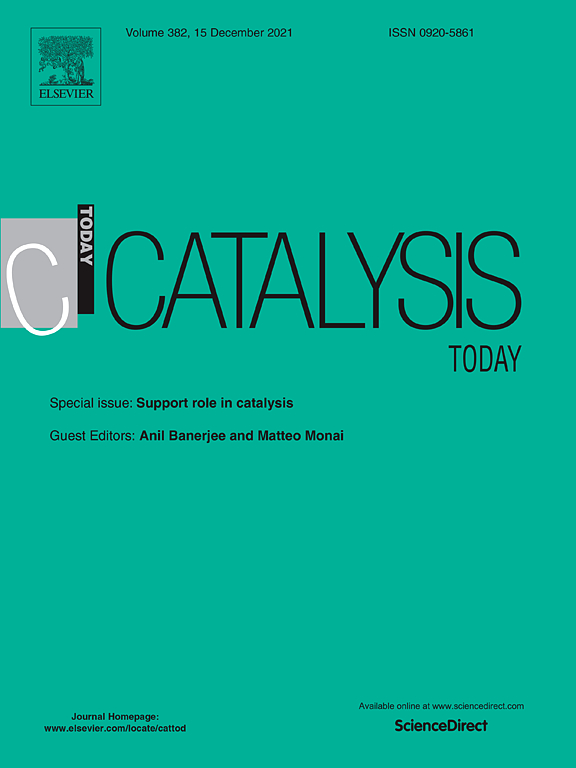Light-driven photocatalysis might address many global energy concerns due to its implications for hydrogen production and the imperative need to reduce fossil fuel dependency. Polydopamine (PDA) is a popular mussel-inspired material with extensive applicability in biomedical and drug delivery fields, which has recently been gathering attention in the fields of catalysis and photocatalysis. PDA is highly attractive for catalysis due to its large number of functional groups and its easy polymerization on virtually any surface. In photocatalysis, however, its properties have not been well described and strongly depend on the generation of heterojunctions (PDA/Semiconductor). In this review, we summarize the latest developments and studies on photocatalytic nanocomposites based on PDA. We will introduce general aspects such as structure and polymerization control. Then, we will focus on aspects of relevance for photoactive materials, such as chromatic control and electrical properties. We will present and discuss the recent literature on metal oxides and metal sulphides and some emergent materials focusing on photoactive and photocatalytic applications. Finally, we will outline some of the opportunities in the field. We hope this review serves as a reference for researchers and allows the growing community to focus on future developments for PDA-based photocatalytic nanocomposites.
